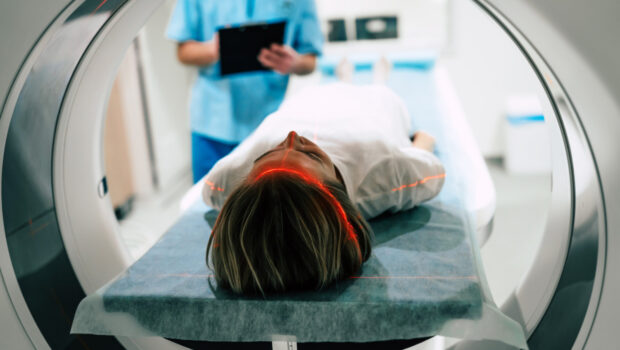Exploring the World of AI in Radiology Software
In the ever-evolving landscape of healthcare technology, Artificial Intelligence (AI) has emerged as a transformative force, particularly in the field of radiology. Radiology, which plays a pivotal role in the diagnosis and treatment of various medical conditions, has witnessed significant advancements with the integration of AI into imaging software. This article delves into the realm of AI in radiology software, highlighting its key benefits, challenges, and the promising future it holds.
Enhanced Diagnostics with AI
One of the primary advantages of using radiology ai software is the enhancement of diagnostic accuracy. Traditional radiological interpretations are subject to human error, influenced by factors such as fatigue and varying levels of expertise. AI algorithms, on the other hand, can analyze vast amounts of medical imaging data with remarkable speed and consistency, providing more accurate and reliable diagnostic insights.
AI-powered image analysis tools can detect subtle abnormalities that might escape the human eye. Whether it’s identifying early signs of tumors, pinpointing fractures, or assessing organ function, AI in radiology software acts as a valuable ally to healthcare professionals, aiding them in making more informed and timely decisions.
Efficiency and Workflow Optimization
In addition to improving diagnostic precision, AI contributes to the optimization of workflow in radiology departments. By automating routine tasks such as image segmentation, organ localization, and measurement calculations, AI frees up valuable time for radiologists to focus on complex cases and patient care. The integration of AI in radiology software streamlines the entire imaging process, reducing turnaround times and enhancing overall operational efficiency.
Furthermore, AI algorithms can learn from historical data, adapting and improving over time. This continuous learning process not only refines diagnostic capabilities but also allows radiologists to benefit from evolving technologies that stay abreast of the latest medical research and advancements.
Challenges and Considerations
While the potential benefits of AI in radiology software are significant, there are challenges that need careful consideration. The interpretability of AI algorithms remains a concern, as the “black box” nature of some models makes it challenging to understand the reasoning behind their decisions. Ensuring the ethical and responsible use of AI in healthcare is crucial, emphasizing transparency and accountability in algorithm development and deployment.
Integration with existing healthcare systems and data security are additional considerations. Ensuring interoperability with different imaging modalities and electronic health records is essential for the seamless adoption of AI in radiology. Moreover, safeguarding patient data against unauthorized access and maintaining compliance with data protection regulations are paramount to building trust in AI-driven radiological practices.
The Future Landscape
As AI technology continues to advance, the future of AI in radiology software holds immense promise. Research and development efforts are focused on refining algorithms, expanding the range of diagnostic capabilities, and exploring new applications, such as predicting disease progression and treatment response.
Collaborations between healthcare professionals, data scientists, and technology developers are essential for driving innovation in AI-driven radiology. The ongoing dialogue between these stakeholders ensures that AI solutions are not only technologically sophisticated but also aligned with the practical needs of healthcare providers and, ultimately, the well-being of patients.
Beyond Diagnosis: AI in Interventional Radiology and Personalized Medicine
AI’s impact extends beyond diagnostic imaging to interventional radiology, where real-time guidance during procedures can be enhanced with AI assistance. Image-guided interventions, such as biopsies and minimally invasive surgeries, benefit from AI algorithms that assist in navigation and decision-making in real-time.
Conclusion
The integration of AI into radiology software marks a transformative era in healthcare. The combination of enhanced diagnostic accuracy, improved efficiency, and ongoing technological advancements positions AI as a powerful ally in the quest for better patient outcomes. While challenges persist, the collaborative efforts of the healthcare and technology sectors continue to pave the way for a future where AI plays a central role in revolutionizing radiological practices.
Cover Image by Freepik
















